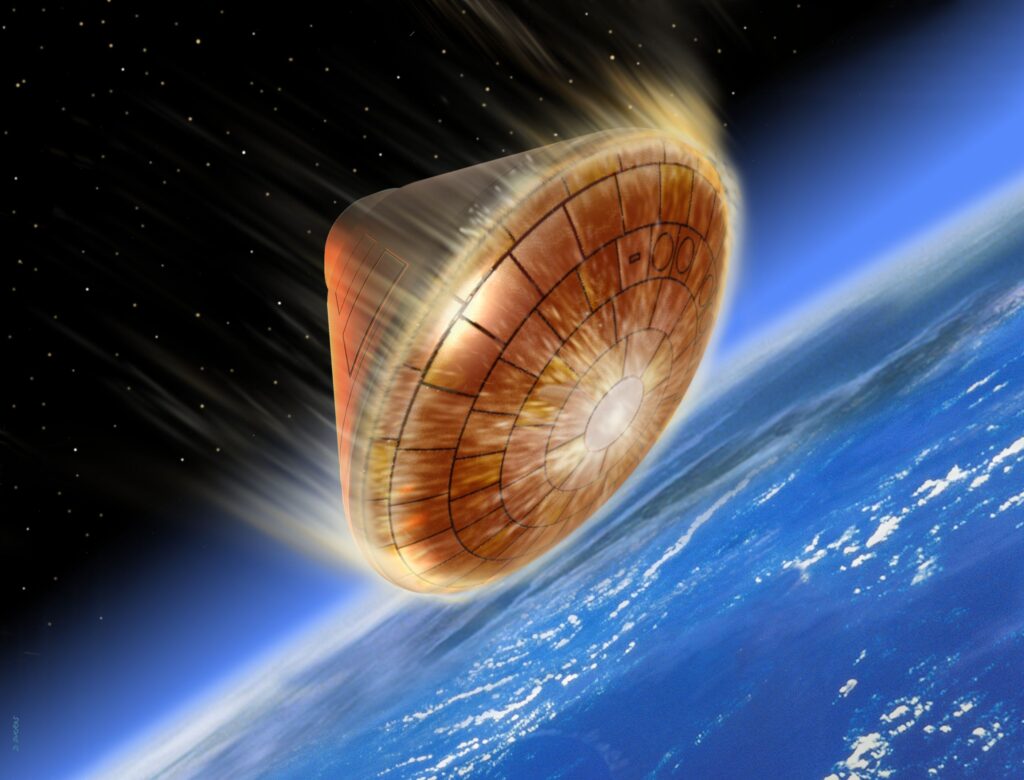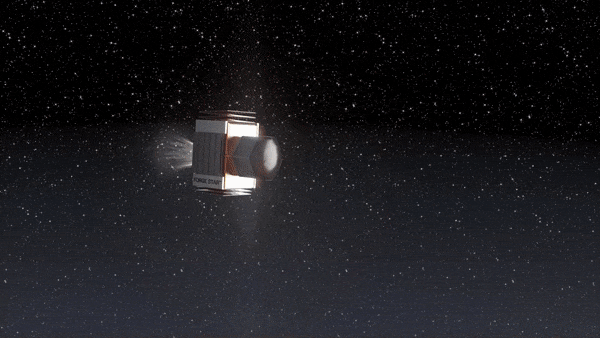The European Space Agency (ESA) has announced the development of a reusable heat shield of a new generation. It was created by engineers of the company Space Forge and was named “Pridwen” in honor of the shield of King Arthur.

Entering the atmosphere is one of the most dangerous stages of any space mission. At this moment, the body of the spacecraft heats up to enormous temperatures and it actually turns into a giant meteor. If its thermal protection is unable to withstand intense heat flows, this will lead to the saddest consequences. As an example, we can cite the fate of the Columbia shuttle, which collapsed during entry into the atmosphere in 2003.
To date, the most common method of thermal protection of spacecraft is the use of ablative heat shields. Their principle of operation is based on the fact that they remove heat due to the gradual burning out of their parts.
“Pridwen” has a different operating principle based on heat distribution. The innovative heat shield is a fabric formed from a high-temperature alloy. During the launch, it will be in a folded state, like an origami figure. The unfolding of the “Pridwen” should be carried out before entering the atmosphere. It has a large enough area so that the flow can spread evenly over it, gradually removing heat.

It is assumed that the “Pridwen” will be used not only on landers, but also on satellites. According to the developers, it will be able to sufficiently reduce their speed so that they can make a soft landing without a parachute.
Space Forge engineers have already conducted preliminary tests of the “Pridwen”, dropping a prototype satellite with a shield from a height of 17 km. In real conditions, the device will be tested during the ForgeStar-1A mission, the implementation of which is scheduled for the end of 2023.
According to https://www.esa.int
Follow us on Twitter to get the most interesting space news in time
https://twitter.com/ust_magazine

